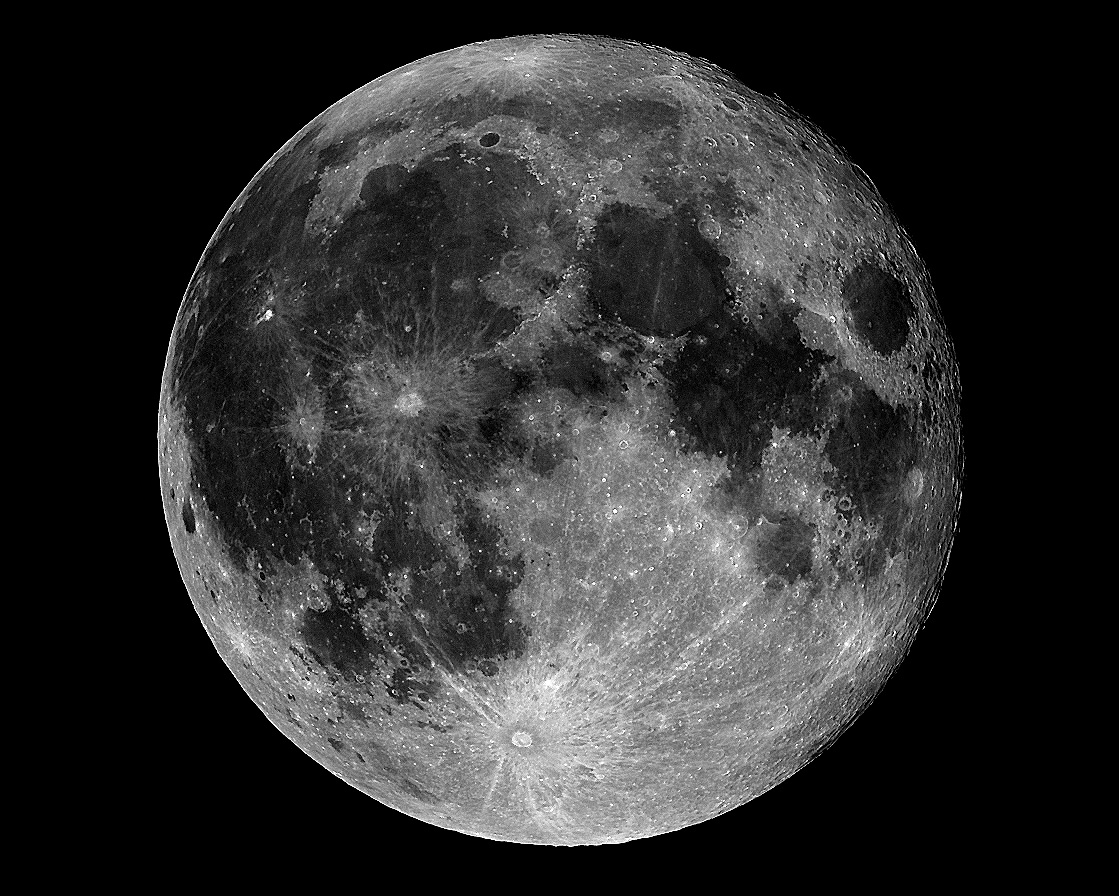A view of a small part of the sky as if you were staring at a star (centre) approaching nearly head on, and then as it passes by and away again. The motion can be likened to what an observer standing beside a road would see looking at an approaching car, and then swinging around to continue to follow it as it moves away. As a result, the objects in the background – in this case distant stars – become blurred as you move quickly to maintain a visual on the passing object. The focus of this animation is the star known as Gliese 710. It will have a close encounter with our Sun in 1.3 million years, passing within the Oort Cloud reservoir of comets in the outskirts of our Solar System. The star is predicted to pass within about 2.3 trillion kilometres, the equivalent of about 16 000 Earth–Sun distances. The star’s motion is set against a background of other moving stars and the visualisation covers, very quickly, the timeframe from about 1.1–1.5 million years in the future. The size of...
- Get link
- X
- Other Apps
